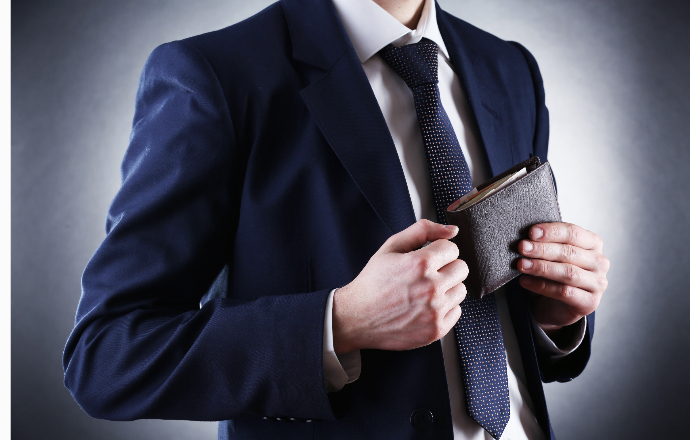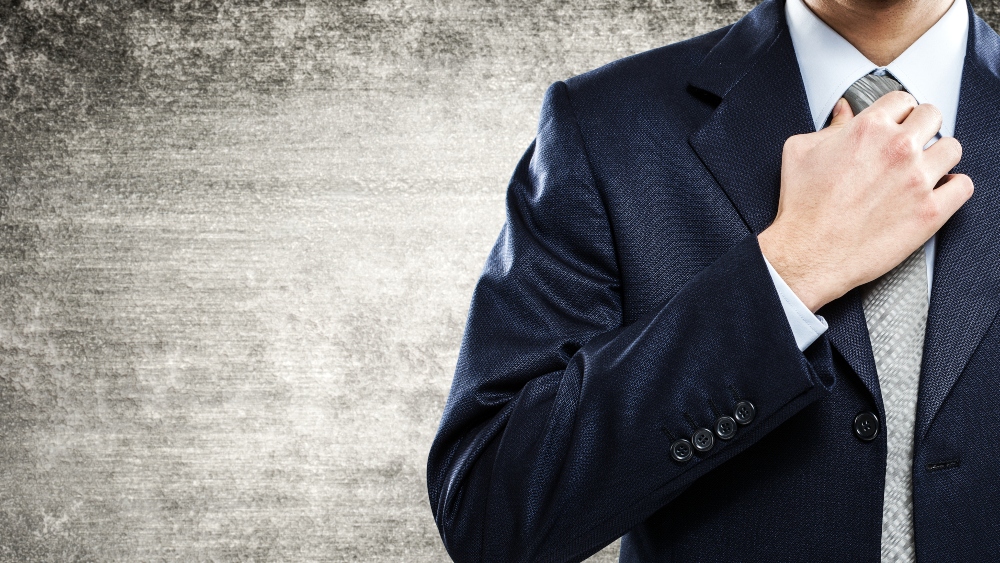When sartorial choices threaten to wear you down, worry not – menswear virtuoso Narendra Kumar’s canons on style and fashion will save the day.
On Dinner Jackets
A dinner jacket is a gentleman’s formal or semi-formal evening jacket. That’s a British term; the Americans call it the tuxedo. Here are some of its features:
- It is normally constructed in black or midnight blue, with a notched lapel or a shawl collar, customarily worn with a cravat or bow-tie and teamed with a wing-collared dress shirt, vest and tux pants.
- At times it is interpreted in classic ivory as well.
- It was once worn to all but the most informal evening affairs, as a symbol of the highest style. While several societies and gentlemen’s clubs around the world still adhere to the rules of evening garb and assert the primacy of the tux, in general, with the overall wane in strictness around codes of dressing, many have taken to the newer, modern evolutionary versions of the dinner jacket.
Several top menswear brands like Canali, Brioni and Zegna offer classic tuxedos; alternatively, there are some fantastic, contemporary, inspired interpretations of the dinner jacket out there as well.
On Bespoke Tailoring
Must I reiterate that tailoring is a craft of the highest order? You know, it was in 1293 that the guild of ‘Tailleurs de Robes’ was founded in Paris. The role of the cutter was considered of extreme importance, what with the most expensive and poshest fabrics being used to craft clothes from. The skill of pattern cutting and tailoring saw immense development in subsequent centuries, and by the nineteenth century was raised to the status of an art form.
And so I’d strongly suggest that you ask the store concerned for a customised fitting, and if you cannot find an appropriate size off-the-shelf, please visit an expert and get a suit made-to-measure. We’re talking about a suit, and anything less than the best fit would be a waste, really. Nothing is better on a man than a fabulously constructed suit, and nothing shoddier and more worthy of disdain than an ill-fitting one.

On Suede Shoes
Suede is best suited to autumnal weather. However, lighter suede loafers work just as fine through summers. They go well with summer suits in cotton and linen, as well as jeans. One is advised to ditch the socks with suede shoes though, and definitely stack suede footwear away through the rains.
On Equestrian Style
‘Equestrian’ style is related to or inspired by horse-riding. In fashion terms, the specific, functional gear worn by derby jockeys, fox-hunting squires, polo enthusiasts and sundry cavalry men – cutaway riding coats; long, tight-legged ungaitered trousers; gabardine or tweed breeches; Jodhpur pants; Field boots in grain leather etc – constitute what can broadly be termed equestrian style.
On Jeans Being Worn To Work
Firstly, it depends on what work you are going to be doing. Analyse well enough whether casual fare like jeans are acceptable at your workplace. Even if they are, would they lend you the appropriate air of authority and professionalism? My take: While jeans, chinos and other casual fare might work fine for fashion folks, advertising blokes, or those in the media (print/radio) and entertainment industries, the normal brigade of corporate climbers should restrict them to casual Fridays or staff brunches.
If, however, you are absolutely committed to wearing jeans to work, I’d recommend not necessarily opting for the ubiquitous indigo. Denim is available in a multitude of tones nowadays, and non-blue hues like pale tans, mud and almost-black charcoals would be better, since they could pass off as semi-formal or casual trousers rather than dungarees. If blue’s your only hue, stay clear of the distressed, faded or washed-out versions, and note ‘the darker the better’ policy when wearing blue jeans to work.






